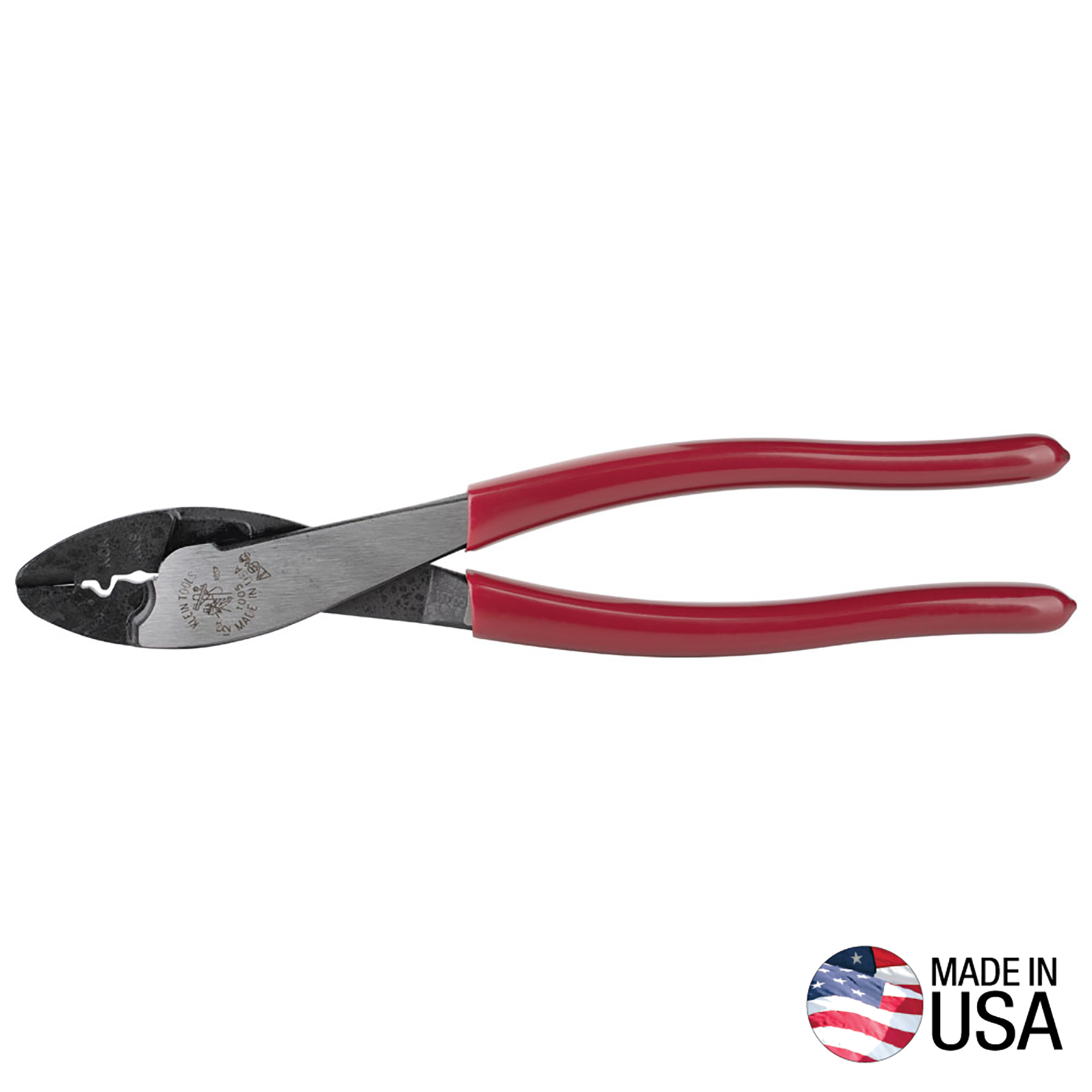SLOPAR72
Well-Known Member
Solder is more resistance. A crimped connector requires $$ to really have strong crimps. Maybe it's me but if you keep up with Drag and drive events wiring seems to be at the forefront of problems..... Just my observation.
My last resto I soldered almost all the joints except a handful in the car including the Weatherpak connectors. Zero failures and 100% operating from day 1. I was around the car 5 years after it was done and had over 10K for road miles and beat up on it pretty good at the track.
I have always believed both serve a purpose and are durable but like anything if you don't put your best foot forward doing the work you will get mediocre results. I use the water tight solder connectors on all my trailers and they never seem to fail FYI....
JW
My last resto I soldered almost all the joints except a handful in the car including the Weatherpak connectors. Zero failures and 100% operating from day 1. I was around the car 5 years after it was done and had over 10K for road miles and beat up on it pretty good at the track.
I have always believed both serve a purpose and are durable but like anything if you don't put your best foot forward doing the work you will get mediocre results. I use the water tight solder connectors on all my trailers and they never seem to fail FYI....
JW


















